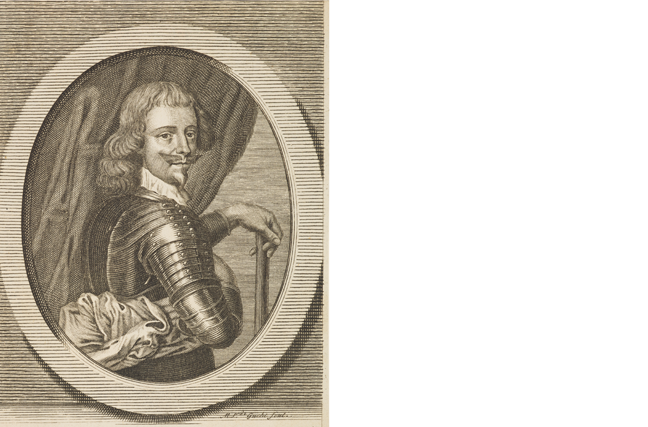Home / History / Archaeology / Archaeology and the Battle of Dunbar 1650: From the Scottish Battlefield to the New World / The Scottish campaign in 1650
This article is from the free online
Archaeology and the Battle of Dunbar 1650: From the Scottish Battlefield to the New World


Reach your personal and professional goals
Unlock access to hundreds of expert online courses and degrees from top universities and educators to gain accredited qualifications and professional CV-building certificates.
Join over 18 million learners to launch, switch or build upon your career, all at your own pace, across a wide range of topic areas.

 General David Leslie, 1st Lord Newark, who led the Scots at the Battle of Dunbar. By Michael van der Gucht (1660-1725). © National Galleries of Scotland.
General David Leslie, 1st Lord Newark, who led the Scots at the Battle of Dunbar. By Michael van der Gucht (1660-1725). © National Galleries of Scotland.





